It is an absolutely madcap rally. Bonkers. It isn’t a race (thank goodness). It’s a kind of test of endurance for man and machine. It rattles through eight countries (UK, France, Spain, Morocco, Western Sahara, Mauritania, Senegal, Gambia), has three ferry crossings (the Channel, the Straits of Gibraltar, and the Gambia River), and it includes one serious mountain range (the Atlas), one active minefield (see my blog on Guelta Zemmur), hundreds of miles of appalling roads, and around 350 miles of open desert sand. Which is AWESOME!
I would recommend this event to anyone with a sense of adventure. It takes three weeks – which is a lot of driving – but it is never, ever boring. There are days off in Gibraltar, Marrakech, Daklha and St Louis. The camaraderie is amazing. The adventures come thick and fast. I won’t regale you with stories because once I start I really won’t know where to stop. But trust me. The stories are good. Our little Renault barely made it. None of the dashboard dials worked. Ever. Which was a relief because we didn’t have any warning lights to worry us. We trashed the gears in the desert when we hit a massive rock so we did most of the second half of the rally with only third gear (the only gear that worked). And we bent the car so badly in Mauritania that afterwards the doors wouldn’t properly close. But hey. We kept going, we made it to Banjul, and we raised a shed load of cash for Kid’s Action.
As well as being an adventure, the experience was also pretty humbling. Mauritania is one of the world’s poorest countries. Senegal and Gambia have their challenges too. We are used to thinking that problems like these are somewhere on the other side of the world. We don’t imagine them as close enough to drive to. We all learned a lot on this trip. We grew up a lot. We are all linked. We all live on the same road. Literally. I still find it helpful to think of humanity this way. All of us just different numbers on the same road.
My what3words link takes you to the beach. (Did I mention that you drive along 200 miles of beach! That’s 200 miles of BEACH!)
You can find some of the video that Tom took on YouTube.
Here are the links:
Plymouth
Banjul Rally 2007 Part One - YouTube
Plymouth
Banjul Rally 2007 Part Two - YouTube
Plymouth
Banjul Rally 2007 Part Three - YouTube







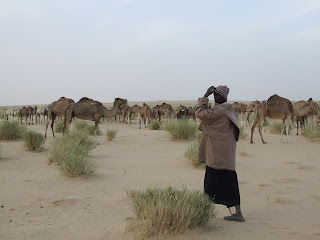



.jpeg)
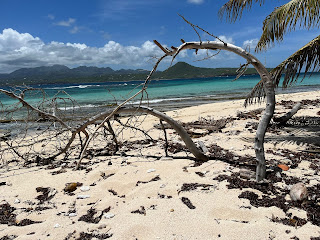
.jpeg)
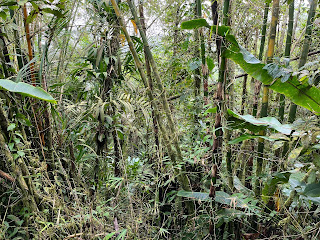





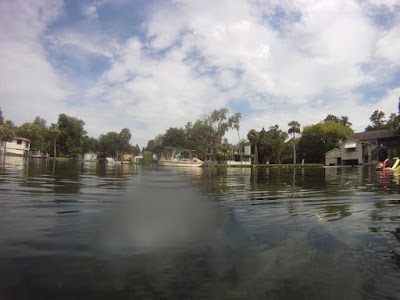
























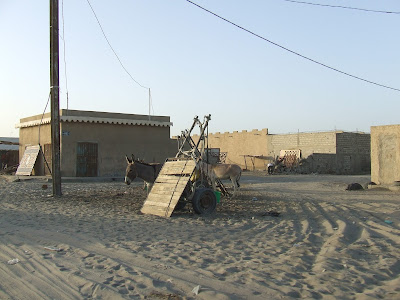
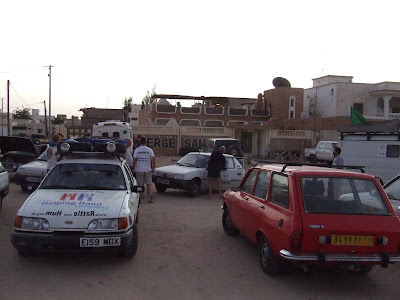











.jpg)